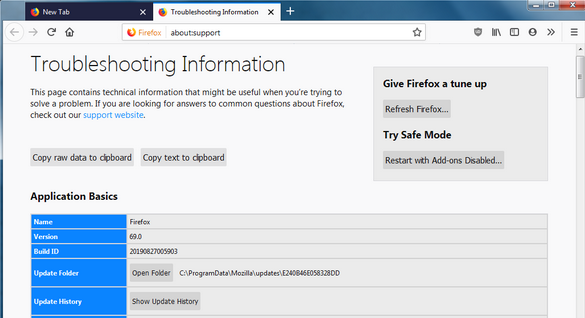Get-user-id Pop up may reinstall by itself, if you don’t delete everything. We recommend using ComboCleaner to track down all components of the virus. This may save you time and frustration to deal with the malware.
Download ComboCleanerLearn how ComboCleaner works. To understand the polices, please review the EULA and Privacy Policy. Have in mind, only ComboCleaner’s scanner is free. If it detects a malware, you’ll need to buy a license in order to remove it. If you wish to uninstall ComboCleaner, learn how.
What is Get-user-id Pop up?
The Get User ID app is a potentially unwanted application that can force your Mac browser to display various sponsored links, popups and banner ads. The Get User ID app can also initiate automatic redirects that take you to dubious web content or confront you with viruses, ransomware, Trojans and other malware.
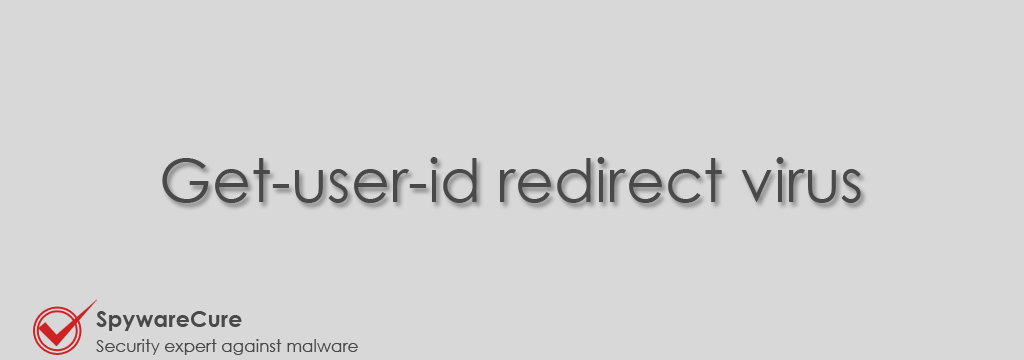
Get-User-ID for Mac
The Get User ID pop-up is an application that acts as a typical browser hijacker. The “Get-user-id” pop-up not only displays pop-up ads on the screen and redirects you to random websites, but also modifies the search engine and browser homepage without asking for your consent.
Get-user-id for Mac is an application that can check traffic from the system’s main browser and redirect it to sponsored websites. Get-user-id for Mac can’t seriously damage your computer, but its automatic redirects can potentially lead users to questionable web places.
Programs like Get-user-id can always send spam on the screen, sending unwanted pop-up messages, banner ads and hard-to-remove ads that redirect users to random pages as soon as they click on them. For this reason, people who end up with such software often look for the fastest and safest way to uninstall it once and for all.
People who want to stop automatic redirection and prevent them from being exposed to unwanted pop-up messages, banner offers and redirect links have one option: Completely uninstall the Get-user ID from their Mac computer. Unfortunately, it is mainly difficult to remove these types of applications alone. For this reason, many people seek the help of a removal tool or a detailed removal guide, such as the one below.
Attention! You should be aware that all of your accounts and passwords were likely compromised. Viruses are designed to collect every piece of private information. We advise you to change all your passwords, once you clean your MAC, especially if you make online banking or shopping.
SUMMARY:
| Name | GET-USER-ID POP UP |
| Type | MAC adware, redirect virus |
| Danger Level | Medium (annoying and still a security risk) |
| Symptoms | MAC slowness; unwanted pop-up advertisements; modifications of browser’s settings; frequent website redirects, etc. |
| Distribution Method | Program packages and bundles, spam email messages, other adware installed on your MAC, etc. |
| Detection Tool | Similar malware is quite difficult to track down. Use this professional GET-USER-ID POP UP Removal Tool to make sure you find all traces and leftovers of the infection in your MAC. Download ComboCleaner
More information, steps to uninstall, EULA, and Privacy Policy*. |
*You can use the ComboCleaner to detect the parasite, however if you want to delete it automatically you need to register the antimalware program.
Remove GET-USER-ID POP UP Virus Infection Manually
If you perform exactly the steps below you should be able to remove the Go.redirectro.com Pop-Up Virus infection. Please, follow the procedures in the exact order. you may want to print this guide or look at it in another computer.
STEP 1: Kill GET-USER-ID POP UP from Memory
STEP 2: Find GET-USER-ID POP UP Start-up Location STEP 3: Get Rid of GET-USER-ID POP UP from your browser (Safari; Firefox; Chrome)
Kill GET-USER-ID POP UP from Memory
- Open up the Utilities folder as shown below
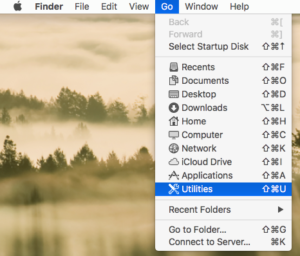
- Locate the Activity Monitor icon on the screen and double-click on it
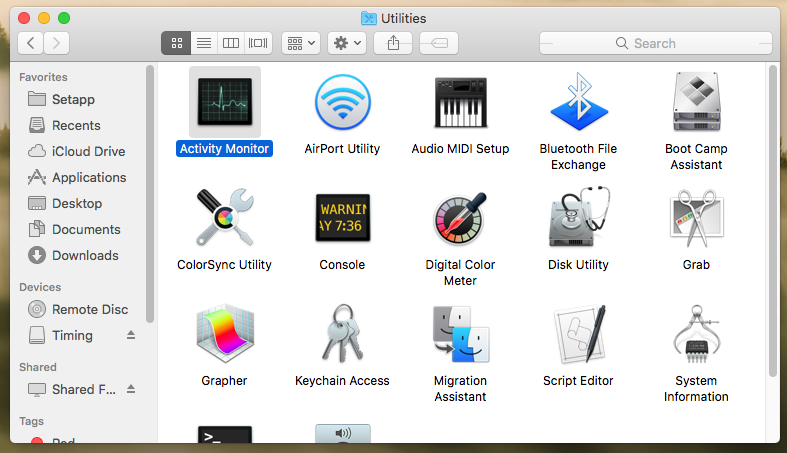
- Under Activity Monitor, find GET-USER-ID POP UP and select Quit Process
- A dialog should pop up, asking if you are sure you would like to quit the troublemaking process. Select the Force Quit option. Done!
Find GET-USER-ID POP UP Start-up Location
ATTENTION! If you are about to modify with Library files on Mac, be sure to know the name of the virus file, because if you delete the wrong file, it may cause irreversible damage to your MacOS. Continue on your own responsibilityor Use ComboCleaner to detect the GET-USER-ID POP UP malware
- Expand the Go menu in Apple Finder -> select Go to Folder.
- Type or paste the following string in the folder search dialog: /Library/LaunchAgents
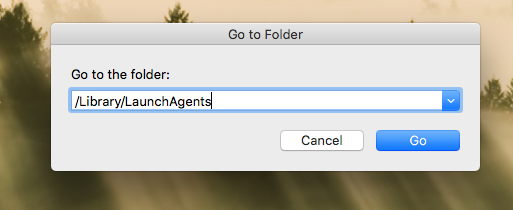
- Once the LaunchAgents directory opens up, find the following entries in it and move them to Trash:
com.Malware.plist
- Use the Go to Folder lookup feature again to navigate to the folder named ~/Library/LaunchAgents. When this path opens, look for the same entry (see above) and send it to the Trash.
- Similarly, go to the /Library/LaunchDaemons folder. Locate and move the following entries to the Trash:
com.MalwareSearchDaemon.plist com.MalwareModuleSearchP.plist
- Click the Go button again, but this time select Applications on the list. Find GET-USER-ID POP UP entry on the interface, right-click on it and select Move to Trash. If admin password is requested, enter it so that the application can be removed completely.
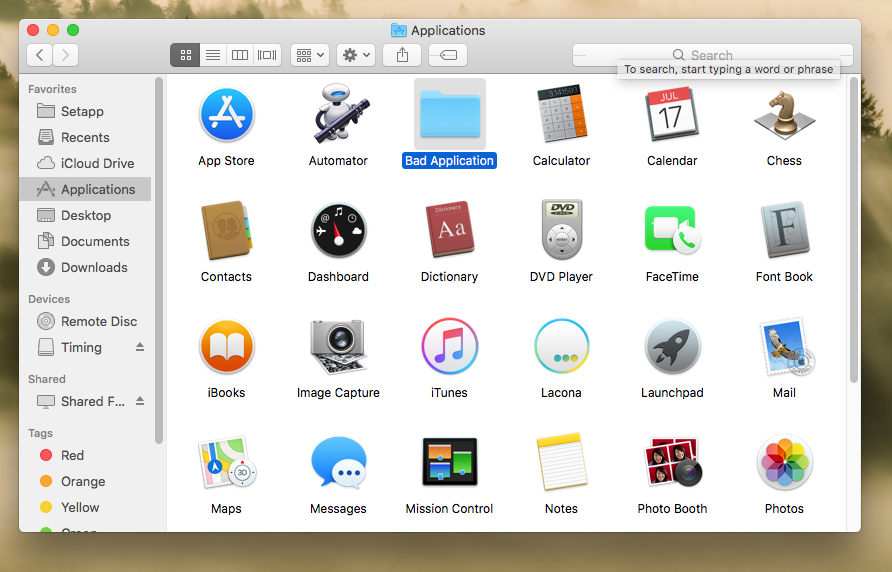
- Now go to Apple Menu and pick the System Preferences option

- Select Users & Groups and click the Login Items button. The system will come up with the list of the items that launch when the computer is started up. Locate SmartSignalSearch or another potentially unwanted entry there and click on the “-“ button.
Get Rid of GET-USER-ID POP UP from your browser (Safari; Firefox; Chrome)
GET-USER-ID POP UP Pop-Up Virus Ads may infect every browser you have. You need to do the steps one by one.
 Remove GET-USER-ID POP UP from Safari
Remove GET-USER-ID POP UP from Safari
- Open the browser and go to Safari menu. Select Preferences in the drop-down list

- Once the Preferences screen appears, hit the Privacy tab at the top. Find the option that says Remove All Website Data and click on it
- The system will display a confirmation dialog that also includes a brief description of what the reset does. Specifically, you may be logged out of some services and encounter other changes of website behavior after the procedure. If you’re okay with that, go ahead and click the Remove Now button
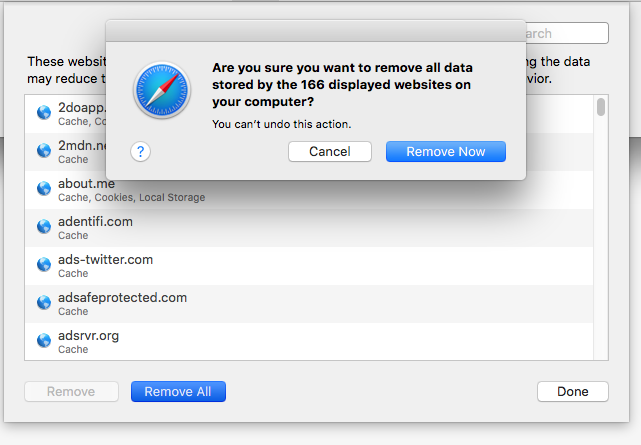
- In order to selectively clear data generated by certain websites only, not all of them, hit the Details button under the Privacy section of Safari Preferences

- This feature will list all websites that have stored potentially sensitive data, including cache and cookies. Select the one, or ones, that might be causing trouble and click the appropriate button at the bottom (Remove or Remove All). Click the Done button to exit.
- Here in the General tab you can modify your Homepage to your preference.
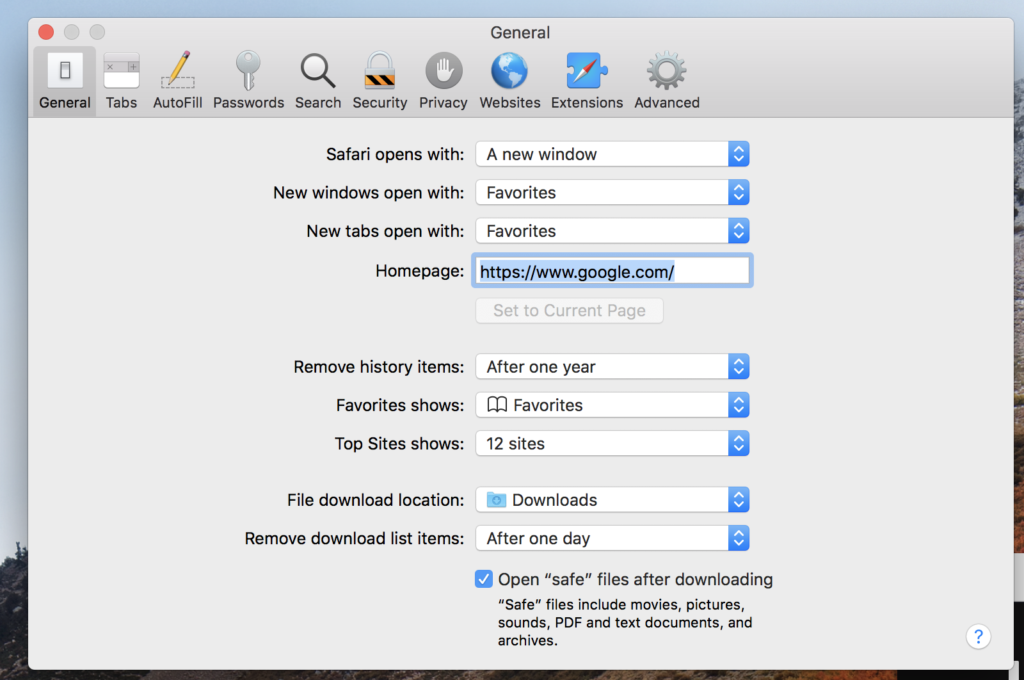
Remove GET-USER-ID POP UP from Google Chrome
- Start Chrome, click Settings –> Extensions. There, find the unwanted extension and click on Remove.
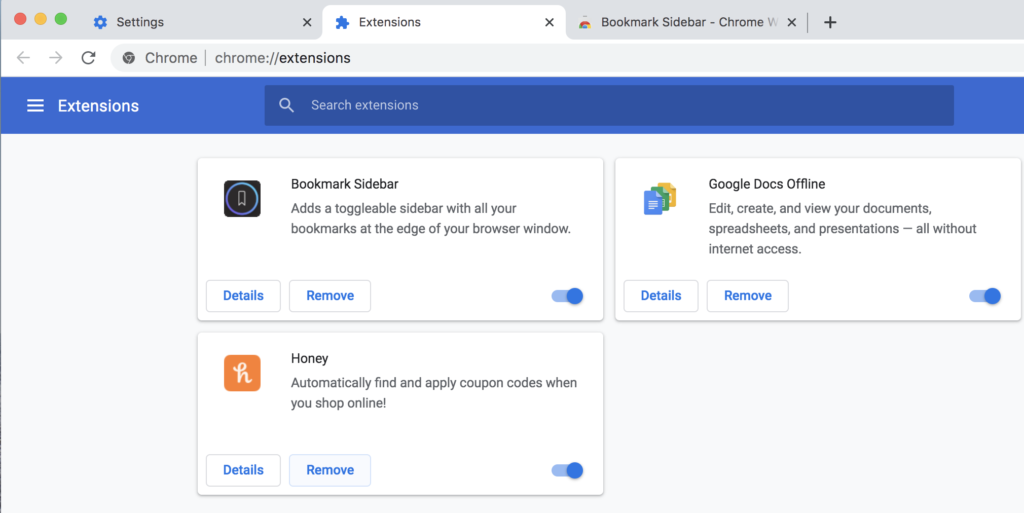
- In the Settings pane, select Advanced
- Scroll down to the Reset settings section. Under the Restore settings to their original defaults option, click the Reset settings button
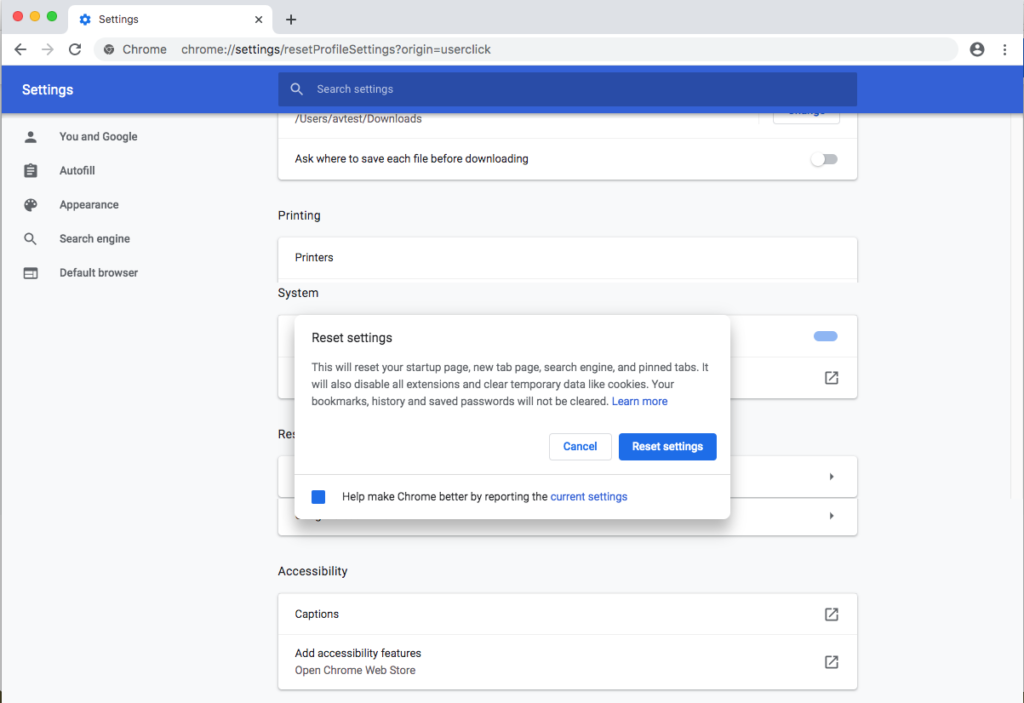
- Restart the browser
 Remove GET-USER-ID POP UP from Mozilla Firefox
Remove GET-USER-ID POP UP from Mozilla Firefox
- Open Firefox, click on the top right –> Add-ons. Select Extensions. Remove unwanted extension.
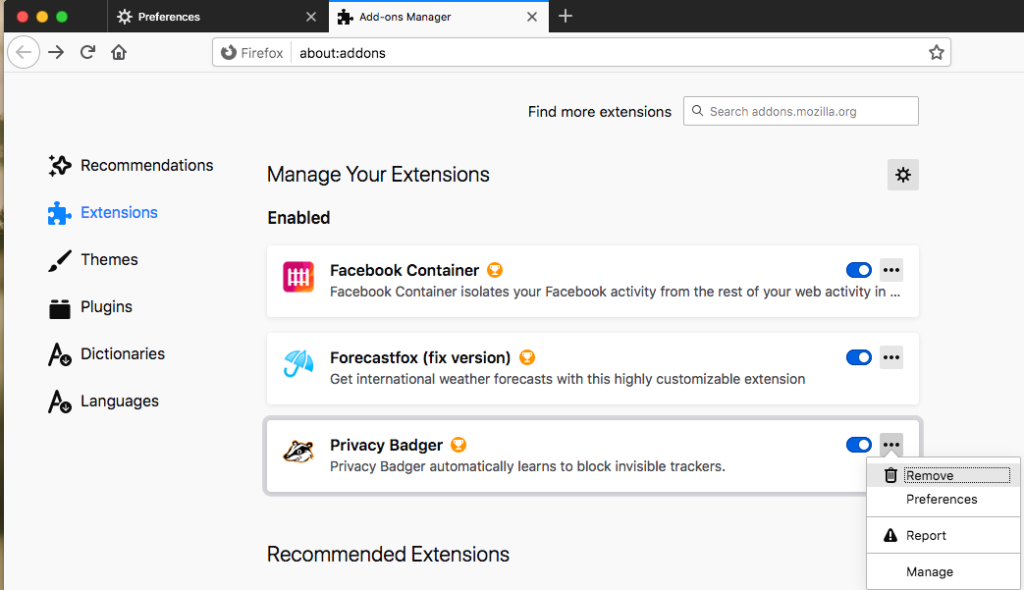
- Then select Help – Troubleshooting Information
- On the page that opened –> click the Reset Firefox button
